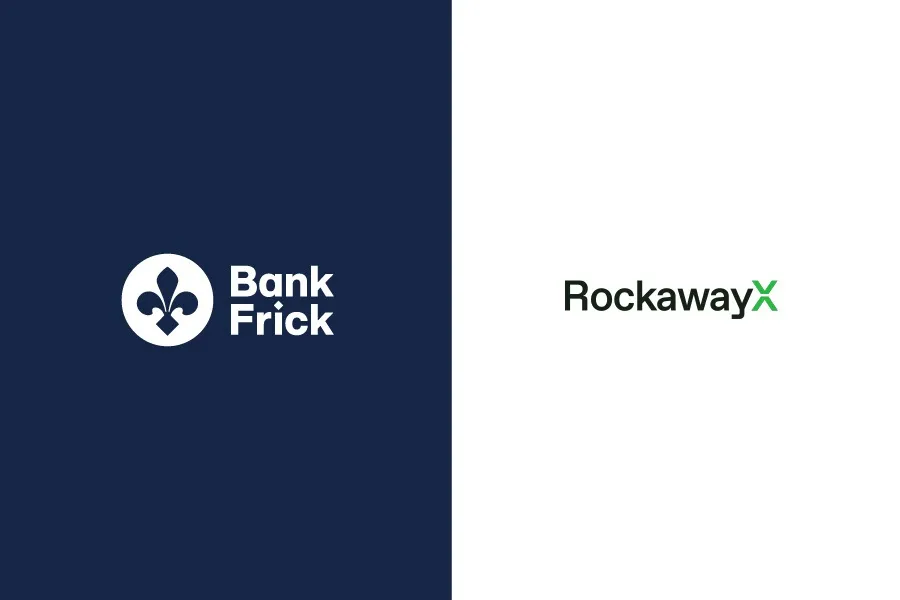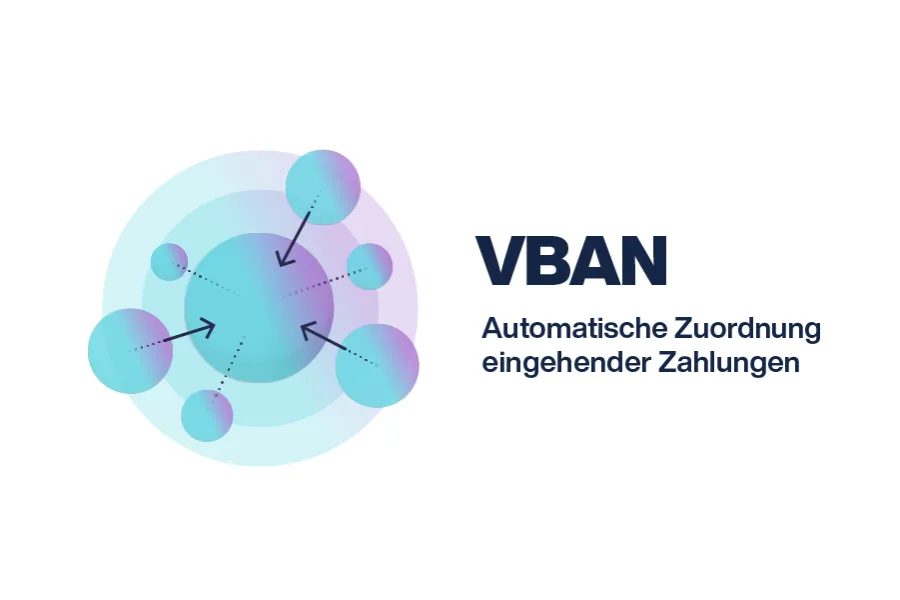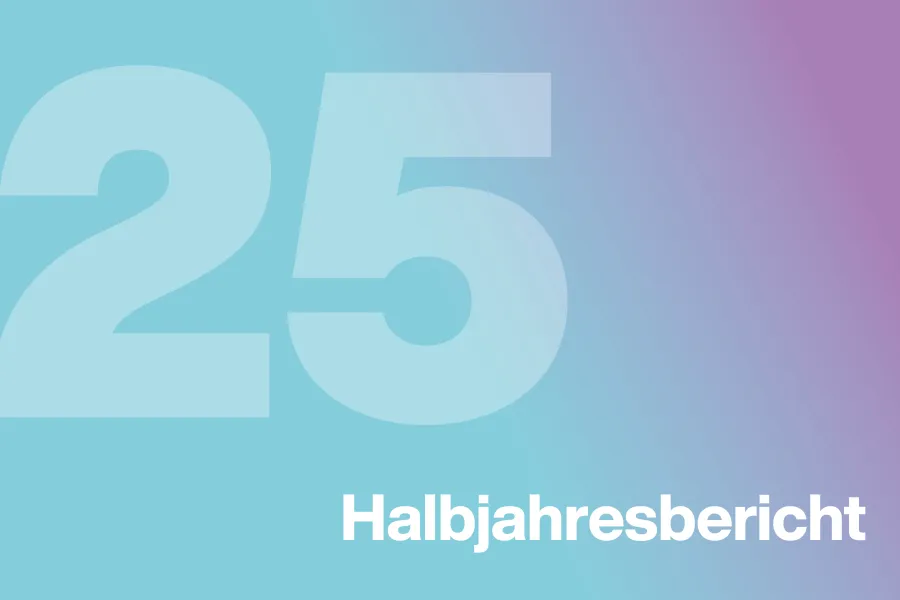Private debt – more capital market, less bank
Even in times of low interest rates, investors look for ways to diversify their portfolios in the hope of achieving attractive returns. This is a situation which Bank Frick – with its focus on intermediaries – also has to address. At the same time, SMEs are increasingly having problems with financing due to their valuation risks and the stricter regulation of banks under the Basel III reform package, and are therefore turning their backs on classic credit institutions. A potential solution for both sides is private debt, which is becoming an interesting form of investment for asset managers and their clients thanks to digitalisation.
The private debt asset class includes loans that are not issued in the classic manner by banks but by non-banks, such as funds, family offices, insurers and pension funds – which is why the term “private placements” is sometimes used as well.
Private debt is becoming more and more popular as a form of financing and could soon become an established asset class with both intermediaries and asset managers alike thanks to digitalisation and the standardisation of processes, as well as the associated increase of the level of transparency. This is reason enough to take a closer look at the products – after all, they offer plenty of incentives, including the promise of more attractive returns than conventional bonds, lower price fluctuations and good opportunities for portfolio diversification. As a result, private debt is likely to be more than just a short-term fad.
From risk-free return to return-free risk
Given the low-interest-rate environment that has now prevailed for more than 10 years, local asset managers have grown accustomed to confronting the “investment crisis” on a daily basis. To date, no change is in sight. As a consequence, good old government bonds – once thought of as a “risk-free return” – have turned into a “return-free risk”.
In general, the only established alternatives to the aforementioned fixed-interest securities are equities, precious metals and structured products. A cool-down on the equity markets has been expected for some time, however, and will occur at the latest when interest rates are raised. Furthermore, asset managers only use precious metals in small amounts for portfolio diversification purposes – to protect against inflation and preserve value.
In the race for returns, structured products have therefore experienced unprecedented demand in recent years. However, although interesting investment strategies can be pursued and the products can be adapted individually by client type and risk category – in some cases quickly and entirely by digital means – one catch is often ignored. This is that together with the strategy replicated in the structured product, the investor also buys the issuer risk. Alongside the banks, the issuers are those market participants which were knocked off course by the 2008 financial crisis, and sometimes can only stay afloat with the help of cheap capital or state guarantees.
If a liquidity crisis were to occur again, this would have far-reaching consequences for these asset classes. And such a scenario appears likely, given the exploding real estate prices and the increasing levels of debt in the emerging markets, which are saddled with ever higher volumes of outstanding foreign-currency loans. Against this backdrop, the national banks will not shy away from using their most important monetary-policy instrument, but will raise interest rates sooner or later in an effort to pre-empt a crisis of this nature. For that reason, family offices, asset managers and other intermediaries should start considering alternatives at an early stage, to ensure that they can exploit the capital market’s full potential.
Liquidity is there, but it often goes to the wrong place
Whereas in the past, low interest rates in principle offered a good opportunity to borrow cheaply and then offset the capital costs with the return from the loan, this simple formula no longer applies today, especially for SMEs.
Although interest arbitrage remains a key pillar of the banking world, credit institutions are increasingly giving preference to borrowers with sufficient and, above all, easily valued collateral in order to minimise the probability of default. As a result, start-ups and SMEs that have already pledged a company building, for example, often lose out to home-builders, who can provide a promising property secured by mortgage as collateral.
The ever stricter requirements in terms of banks’ minimum reserves are further intensifying the situation. As part of Basel III, banks were required after the 2007 financial crisis to back loans with more equity capital depending on the risk, and Basel IV will further expand these measures. This has resulted in a more restrictive lending policy, to the detriment primarily of smaller, unlisted companies without an investment grade rating.
Private debt as a new asset class
Increasingly, the only option that remains for them is to look for sources of financing outside the banking world. Many well-managed companies are willing to pay their investors risk-appropriate interest rates. There is also a risk premium, which is included due to the lack of liquidity and the increased complexity of the investments. As a result, private debt generally offers impressively attractive returns. In addition, this form of investment provides interesting opportunities for diversification – the correlation with other asset classes is low – and is subject to very little price fluctuations due to the absence of a secondary market and because the psychological factor has a relatively minor effect. The design of private debt products is not standardised, but unlike private equity they always involve borrowed capital – private debt is a means not least by which investors can support small and medium-sized enterprises with a flexible financing product.
Private debt has long since been discovered as an asset class, but in the past the lack of transparency meant that it was primarily the preserve of institutional market participants. In addition to the non-public character of such products, the issuers usually are subject to relatively few publication obligations and often have no rating. What is more, there are no standardised trading venues, and investors must be able to live with a lack of liquidity.
In the age of MiFID II and FIDLEG, it made sense for asset managers to keep their clients away from such investments as it was very difficult to match and document the risk profiles of the clients and the investments.
Digitalisation creates transparency
The gap between private debt, intermediaries and their end clients has now been bridged by means of digitalisation and the standardisation of processes, as well as the associated transparency for all parties involved. The objective and the central instrument is the area2Invest online platform provided by 21.finance AG, a company in which Bank Frick purchased a stake of just over 25% as part of a capital increase.
Onboarding by the issuer, which comprises the creation and listing of a new product on a website, classic investor onboarding processes such as KYC and AML, MiFID classification and finally order placement have all been digitised. Extensive information about the issuer is obtained and made available on a platform, meaning that the standards governing exchange-traded products now apply to the private debt asset class as well.
Issuers get a new distribution channel and benefit from a greater reach, and investors and intermediaries can estimate the risk profile far more accurately using the key figures requested and contact the issuer directly, which ensures transparency.
The legal requirements for investor categorisation and the obligations of banks and asset managers under MiFID II may be relatively clear in theory, but in practice they continue to cause uncertainty as client data is still recorded manually in most cases and follow-up documentation only occurs at irregular, long intervals – as a result, the liability risk for banks and intermediaries increases accordingly. Here, too, digitised and standardised processes can provide relief and security. At the same time, business processes – executing subscriptions, exchanging information between the investor and the issuer, etc. – can be automated and documented in an audit-proof manner, enabling the issuer to prove at a later date that the proper distribution procedures were followed.
The situation is the same for companies seeking capital. If investors can rely on a minimum standard of key product and company figures in future, this will not only facilitate – and accelerate – their decision-making process but will make it easy to match the client risk profile with the product.
Against this backdrop, the idea of “More capital market, less bank” works thanks to digitalisation and a platform that automatically aligns client demand with supply and presents them to users on an individual basis. A bank is no longer required in this scenario, and yet clients do not have to do without the depiction of the investment in their bank custody account. Another result of the elimination of banks is that it resolves the conflicts of interest which have hitherto affected order placements. The capital market is therefore nurtured in the way that the EU is clearly striving to achieve with its reform of the Prospectus Directive.
This is good news for both asset managers and issuers alike, and the onus is on them to take advantage of it both in the current environment of persistently low interest rates and beyond. Intermediaries are likely to be interested not only in the potential to maximise returns but also in the opportunity to achieve portfolio diversification in connection with low costs.
Share post

Auch interessant

Bank Frick erhält Lizenz und eröffnet Standort in Dubai
Bank Frick erhält von der Dubai Financial Services Authority (DFSA) die beantragte Lizenz für ihre Branch in Dubai. Damit stärkt sie ihre Position als Produktführerin weiter und nutzt das Potenzial des wachstumsstarken Finanzplatzes.

Öffnungs- und Tradingzeiten über die Feiertage und 2026
Über die Feiertage bleibt Bank Frick von Mittwoch, 24. Dezember 2025 bis einschliesslich Freitag, 26. Dezember 2025 geschlossen. In der darauffolgenden Woche bleibt Bank Frick von Mittwoch, 31. Dezember 2025 bis einschliesslich Sonntag, 4. Januar 2026 geschlossen. Zahlungsaufträge, welche noch für das Jahr 2025 berücksichtigt werden sollen, müssen für CHF, USD, EUR und GBP bis Dienstag, 30. Dezember 2025, 12.00 Uhr übermittelt werden. Für Spezialwährungen gilt der 23. Dezember.

Flaggschiff-Kreditfonds von RockawayX knackt die Marke von 100 Millionen US-Dollar
Bank Frick feiert mit ihrem Partner RockawayX einen Meilenstein: Das in Liechtenstein domizilierte Kreditfondsprodukt des Unternehmens hat ein verwaltetes Vermögen von USD 100 Millionen erreicht.

Ein Zukunftstag zwischen Tresor, Trading und Krypto
20 Schülerinnen und Schüler verbrachten den gestrigen Zukunftstag bei Bank Frick. Noch immer gibt es die Edelmetalle im Tresorraum, doch der Einblick ins Banking im Jahr 2025 zeigt, wie Panzerknacker zu Krypto-Knackern werden.

Bank Frick spielt mit Angebot für Mitarbeitende in der Champions League
Mit Space 4U hat Bank Frick einen Ort geschaffen, an dem Mitarbeitende abteilungsübergreifend zusammenkommen, Neues ausprobieren und einander gegenseitig inspirieren. Ob Sport, Kreativität oder gemeinsames Erleben: Das Angebot ist vielfältig und wird von den Mitarbeitenden aktiv mitgestaltet. Ein multifunktionaler Raum bietet moderne Trainingsmöglichkeiten und Platz für den kreativen Austausch. Fachleute sind sich einig: Damit nimmt Bank Frick schweizweit und in Liechtenstein eine Vorreiterrolle ein.

Bank Frick verlängert Sponsoring des LieMudRuns um fünf Jahre
Fast alle Tickets für den diesjährigen LieMudRun waren ausverkauft. Aufgrund der anhaltend hohen Nachfrage und der grossen Beliebtheit des Hindernislaufs verlängert Bank Frick ihr Sponsoring um weitere fünf Jahre.

Bank Frick gewinnt zwei Goldene Delfine in Cannes
Bank Frick holt mit ihrem Unternehmensfilm «Wir machen das anders» an den Cannes Corporate Media & TV Awards 2025 gleich zwei Auszeichnungen.

Bank Frick vereinfacht Zahlungen mit VBAN-Service
Bank Frick lanciert einen virtuellen IBAN-Service, der eine automatisierte Zuordnung von Zahlungen ermöglicht: Virtuelle IBANs (vIBANs) verknüpfen Endkundinnen und Endkunden eindeutig mit dem Zahlungseingang. Gerade für digital ausgerichtete Unternehmen bietet das mehrere Vorteile.

Bank Frick erwirtschaftet Reingewinn von 4,5 Millionen Franken
Bank Frick hat im ersten Halbjahr 2025 einen Reingewinn von 4,5 Millionen Franken erzielt. Sie erreicht damit ihre Budgetziele und erwirtschaftet stabile Erträge in einem schwierigen Marktumfeld. Die Entwicklung bestätigt den eingeschlagenen Kurs: Bank Frick hält am Ausblick für einen Jahresgewinn von 9 Millionen Franken fest.

Wie Blockchain die humanitäre Hilfe verändert
Geldtransfers aufs Smartphone, Kryptospenden und Echtzeit-Tracking von Hilfsgütern: Die Art und Weise, wie humanitäre Hilfe Bedürftige erreicht, wandelt sich fundamental. Möglich macht das Blockchain-Technologie, die Fortschritt schafft, indem sie Verwaltungskosten senkt oder die Transparenz erhöht.